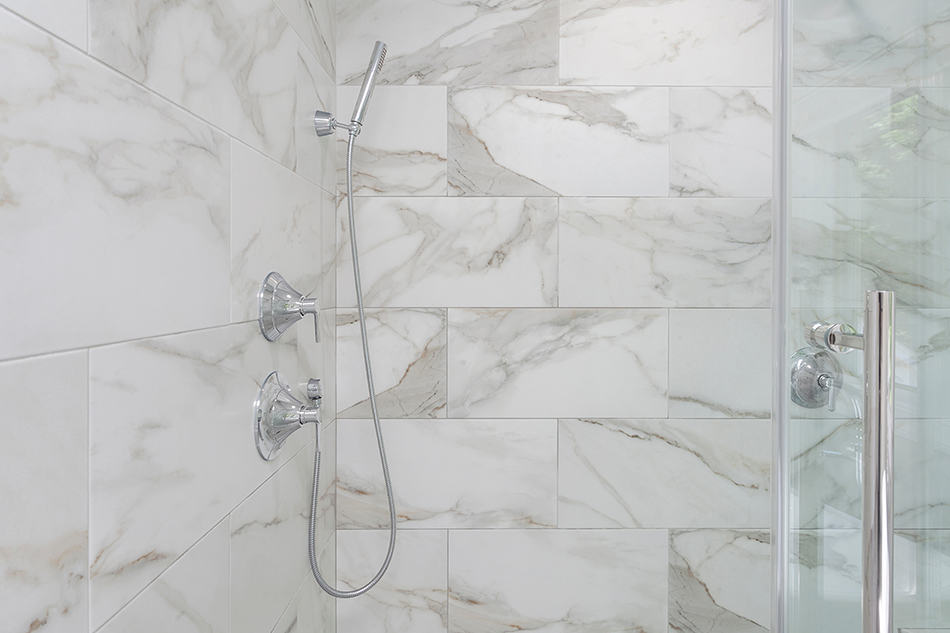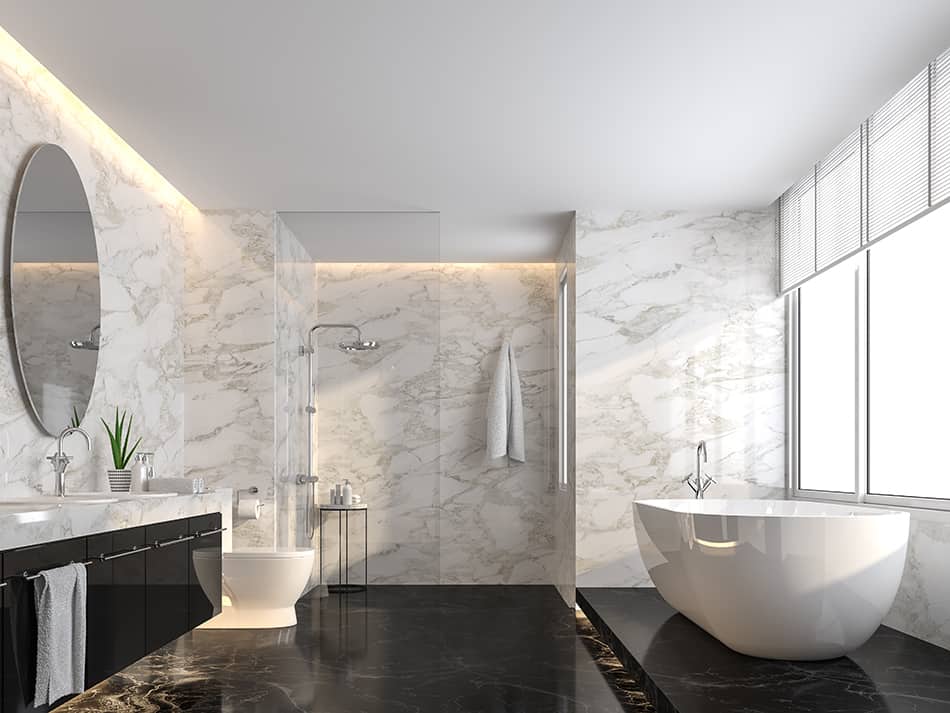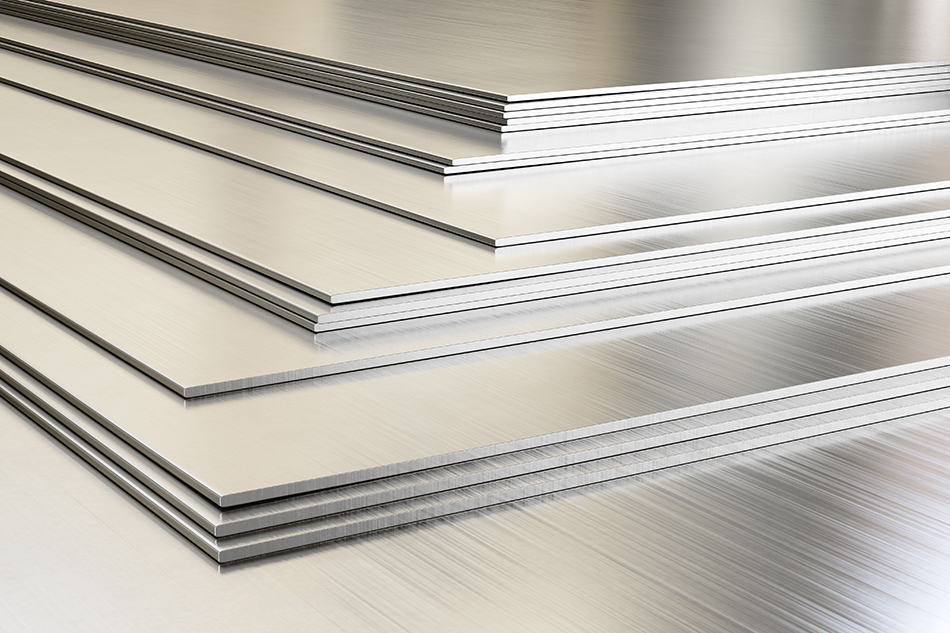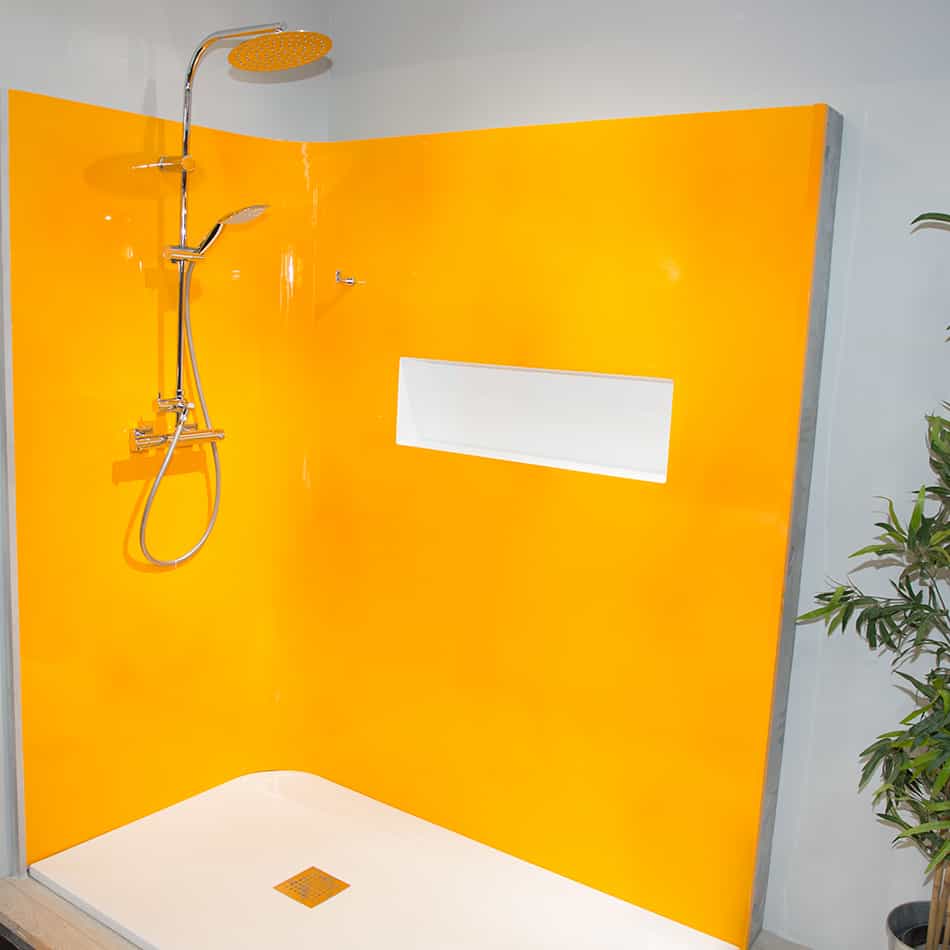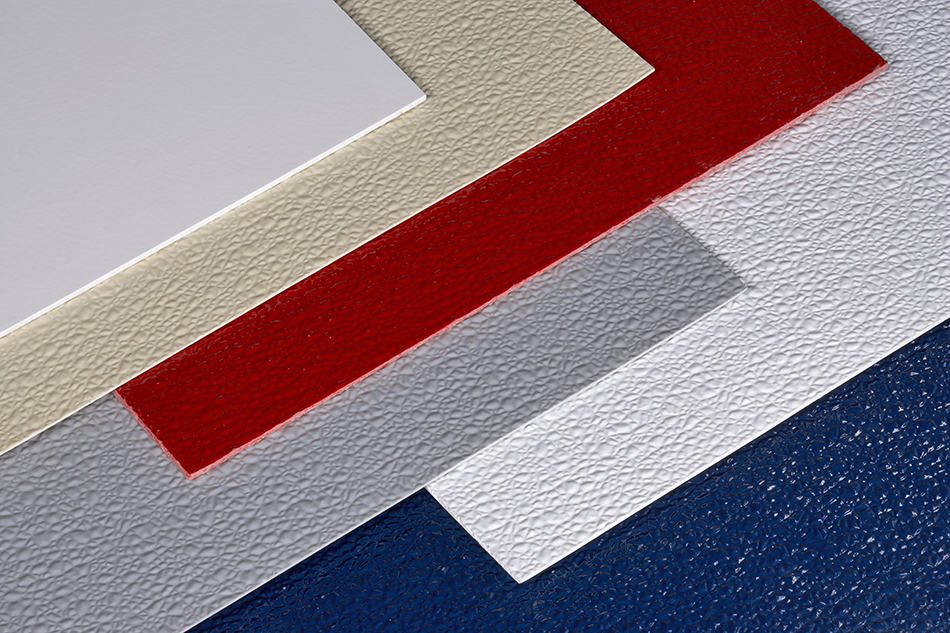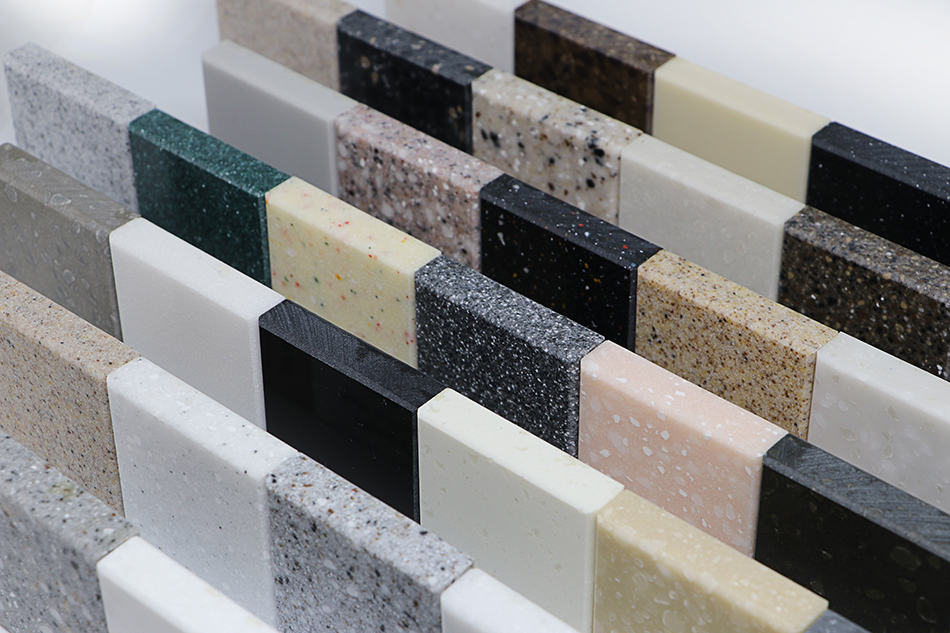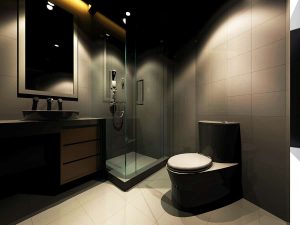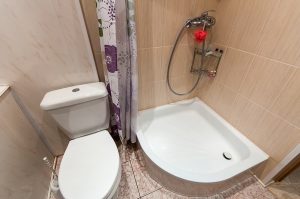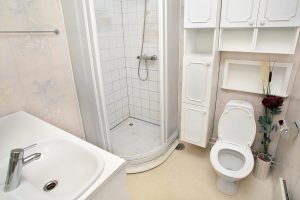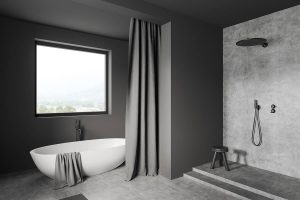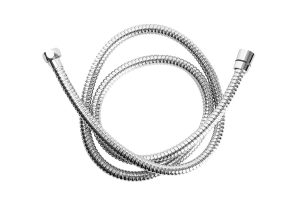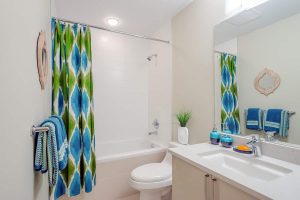Your shower – and, by extension, your bathroom – is probably the part of your house that you spend the most time cleaning. It’s also a good place to reset your mind from the hectic activities of the day. Therefore, it is worth investing the time and budget to ensure your shower doesn’t just feel clean but is also comforting and stylish.
And yet, unless you are building your own home from the ground up, chances are you are coming to occupy a bathroom designed for someone else. Statistically speaking, your bathroom and shower are going to be tiled.
Or if you are already installed tile in the shower but don’t like it anymore, and decide to install other alternatives in the next bathroom project, there are a lot of excellent alternatives to shower, which we are going to cover below.
Why Are Shower Tiles So Popular in the First Place?
When they first appeared, ceramic and porcelain tiles completely revolutionized bathroom fixtures. Tiles are usually durable and easy to clean, despite being relatively budget-friendly. They are also highly customizable and available in a very wide variety of colors and textures.
Yet, they’re neither perfect nor the only option available. As beautiful as high-end tiles can look, the cheaper white tiles on the lower end of the scale will look inevitably passé (and may even evoke a hospital restroom). Besides, even if the tile itself is easy to wipe, the grout lines between the tiles are often an ideal place for mold to grow.
So, what can you use instead? Below we have collected 8 alternatives to tiles. These can all be used for your shower floor and walls alike. Explore the different choices before committing to anything!
What Can You Put On Bathroom Walls & Floor Instead Of Tiles
Marble
If money is not your limiting factor, then nothing will beat the pleasure to head straight for the materials at the very top of the line (and to take a page from the ancients while you are at it). The esthetic appeal of marble is undeniable and, up to a certain point, unbeatable: whenever you think about the kind of restroom used by royalty, chances are you picture some marble around the throne.
Choosing marble is not just about showing off, however: first, it is remarkably versatile, as it can be milled and shaped into any layout your project needs. It is also very resilient: as long as you don’t drop an anvil on top of it (and why would you keep an anvil in your bathroom?), it will not chip or break.
It is also very hard to scratch by accident. Large pieces of marble are significantly harder to find and are quite pricier. However, the fewer joinings you use, the less space for mold there’ll be.
Finally, if you ever decide to let or resell your home, rest assured that “marbled shower” will be a strong selling people.
Stainless steel
Stainless steel is not exactly cozy or heartwarming, but it has earned its place in modern interior design. This is something that you need to plan your entire bathroom around, as it would look very odd if your sink is still covered in doilies and your hand towels have embroidered towels.
On the other hand, if you are going for an ultra-modern minimalist or neo-industrial vibe, stainless steel shower floors or walls will be an appropriate choice. It will go especially well if you combine it with sliding glass panels or oversized mirrors.
Stainless steel will provide remarkably smooth surfaces, which will be very easy to clean. This material also repels most bacteria and is detested by mold. Technically, it can be scratched – but you would have to try hard to do it. On the other hand, you could dent it if you drop something very heavy on top of it, especially if there are hollow spaces left beneath it. Other than that, it is practically indestructible.
Its major downside? Although the materials are not actually as expensive as others on this list, the workmanship will be. Not everyone can install stainless steel!
Fiberglass
Fiberglass is remarkably cheap, smooth, and can be shaped into almost any form. It doesn’t have the futuristic appeal that it used to have back in the 60s, however – but it remains a great option for anyone who wants to renovate their shower quickly and without spending too much.
One of the main advantages of fiberglass is that it can be molded and cast into any shape. If you want to have a “one-piece” solution that combines a shower floor and at least two of its walls, you can just have custom-molded fiberglass.
If you play your cards right, you can also arrange it into an unusual shape or ember a soap holder or handle directly on it. As long as you don’t crack or scratch the surface, fiberglass will remain very easy to clean: just toss son bleach or wipe anything of a suspicious color.
The big “if” comes from its relative frailty. Fiberglass is not very durable, and if you have a cat or a small child in the house, the chances are that you will need to replace it in a few years.
Stone Resin
Granite slabs never quite earned the same popularity in showers and restrooms as they did in kitchens. This is partly because the porous nature of stone can create a mess underneath your shower floor, where you won’t even be able to see it.
So, what happens if you want something that looks like stone but can resist the permanent rain that it will be subjected to? Stone resin is a composite material made primarily from crushed stone. However, it is topped by a waterproofed, superbly sleek layer of resin.
The result can look just like granite or marble, although it won’t cost nearly as much. It is particularly popular in dark colors, although it is available in many different finishes and patterns.
Stone resin slabs are virtually indestructible but extremely heavy. During installation, you will probably need to recruit an extra worker just to ensure everything reaches your bathroom easily. Its signature smoothness also looks great on walls but can be pretty dangerous on shower floors.
That being said, many manufacturers offer the possibility to carve texture lines into the surface to prevent you from slipping.
PVC Panels
PVC panels act as a mid-point between tiles and fiberglass. At first glance, they look very similar to ceramic tiles, although they are made from a much lighter synthetic material that feels like fiberglass.
They are significantly more durable and a bit more flexible than fiberglass, so they can endure a few more accidents. Just like any of its competitors, PVC panels are non-porous and will not provide a good nest for fungi, mold, or insects.
On the other hand, PVC panels can be cut, mixed, and colored in very different arrangements. In many ways, this provides them much of the same flexibility as tiles – and you can even separate specific sections in which to keep mosaic-like accents in a contrasting color.
PVC panels are not flimsy in any way, but even if they break, they are easy to repair.
Solid Surface
A “solid surface” shower wall or floor will essentially act as a massive kitchen countertop surrounding your bathing space.
Solid surfaces should not be confused with the actual concrete walls of your home, naturally. Instead, they are essentially glued on top of the wall. This makes them very easy to install since you won’t need to remove anything you had before – you can even leave your old tiles there, waiting for your home’s next owner.
They come in almost any imaginable color or pattern, although market trends make stone-like designs a lot easier to time. Besides, “polished cement” finishes are growing in popularity among industrial design lovers. They pair very well with screen & glass doors, floating bowls, or bright red accents.
Their main downside is that they can be very slippery when wet, and unlike stone resin, they cannot be easily textured without creating a good room for mold. You may need to install anti-skid stickers instead.
Back Painted Glass
Back-painted glass is usually offered as an arrangement of very small, transparent glass tiles, where the back has been painted in different colors. Often, back-painted glass is used in pools and saunas, as it looks fun and offers a good canvas for very complex designs. Others opt for Mediterranean-inspired mosaic styles or geometric patterns.
Back painted glass won’t foster a lot of mold, and it can be easily sanitized with any spray-on window cleaner. However, the caulking can get stained. If this happens, the arrangement can lose a lot of its appeal quickly. Occasionally, the paint behind the glass can chip or get damaged. If this happens, you may need to replace that whole section.
Back painted glass is usually significantly more expensive than tiles, but it also offers near-unlimited colors.
Acrylic Panels
Acrylic panels can often be panic-inducing, especially for families with lots of children, as they look suspiciously like glass. The smooth transparency they offer is tricky, however: in reality, they are made from sheets of enduring acrylic materials reinforced with glass fibers. They are very resilient, durable, and hard to crack.
As you will be working with large panels (with as little as one per side), you will not have any seams or exposed caulking where mold can begin to grow. If complete transparency while your shower feels too exposed, you can texturize one panel (or sections of it) to prevent anyone from seeing through it.
Final Thoughts
Although tiles are now the most popular alternative for bathroom finishes, they are not the only ones. There are alternatives at almost every price range, and they can all be used to create stupendous signature looks for your bathroom.
